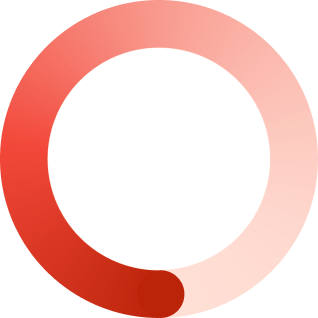“A vision is an anchor and a hot air balloon.”
– Chantal Louw
As an anchor, it keeps all stakeholders engaged with a common goal and as a hot air balloon it allows the teams involved to soar beyond their imaginings. From the mundane world of what is to the new world created by the stakeholders of what will be.
As part of our product development process, we favour the Product Vision Canvas developed by Roman Pichler. It is a comprehensive way to create a vision built on purpose, motivation and the positive change that your product or service should create in the world. The vision should be shared by key stakeholders, and becomes the company’s True North. The vision you have should be ambitious and world changing. Based in the future, your vision should transcend your product and be concise. If possible, create a memorable slogan that enthuses people and drives the product forward. Be inspiring!
The Vision Canvas is a product development tool that we use to situate our customers and ourselves in the product. Like the Business Model Canvas, we will either sit with a client in a workshop format and fill in the Vision Canvas or we will send them the canvas to work on within their teams. It is one of the first steps on the fail fast, fail early journey that we recommend. One way to start on the Vision Canvas is to select the area with the biggest risk and work on that space, moving on once the team is satisfied that it is addressed. To test the Vision Board, Pichler advises direct observation. Watch your target users and customers get the job done and make sure that your vision encompasses the real world problems and tasks.
The Vision Canvas will give both startup or a seasoned business the tool required to truly understand what the vision is. During this phase of product or app development , it will place that vision in the physical, tangible and grounding activities required to move onto the Business Model Canvas as well as drive the team towards their True North
How to apply Roman Pichler’s Vision Board in product development
Pichler advises that one begins with Needs. The reason is that this immediately situates all contributing to the Vision Board in the problem and benefits. It is helpful to focus on the main problem and/or primary benefit of your product, however if there are several, prioritise them. It is important to remember while developing a new product or application that it is all about the user and one should ask what does the user need? What does the user want?
Target Group is about stating who the customer and users are for your product. Are the users and customers the same individuals? Sometimes this is not the same person, for example an accounting package might be purchased by the business owner, but the user is actually the bookkeeper in the company.
Product is the summary of what makes your product unique from what is on the market. List the three to five key features. However, this is not a feature list for the build, this is to be seen from the customer and end user perspective.
Under Business Goals, capture the desired business benefits. The question to ask the team is why is it worthwhile to spend money on this product? Is it to generate revenue, reduce costs, increase productivity, do research into the market? Create a target to ensure the success e.g. X revenue within the first year.





